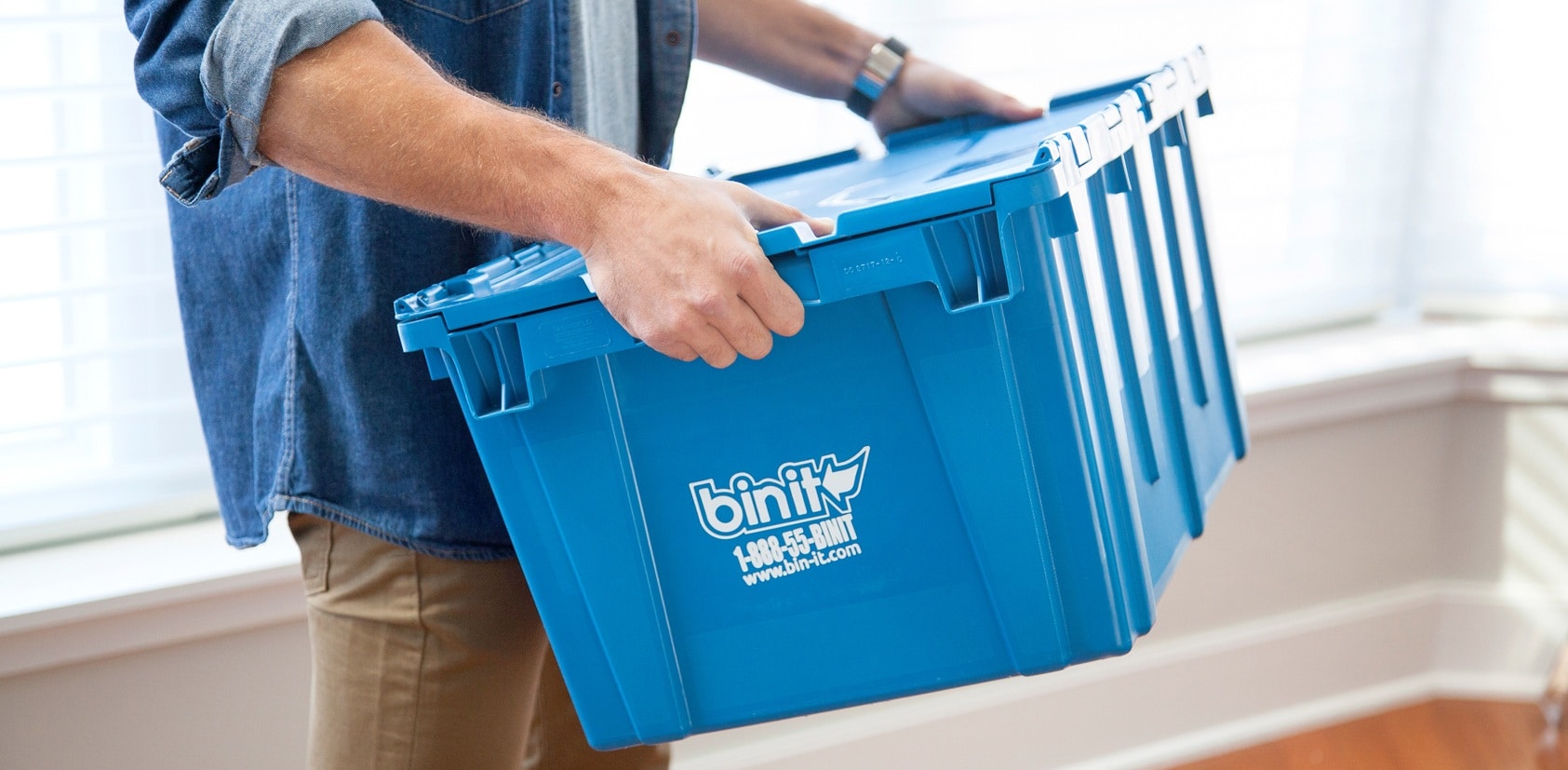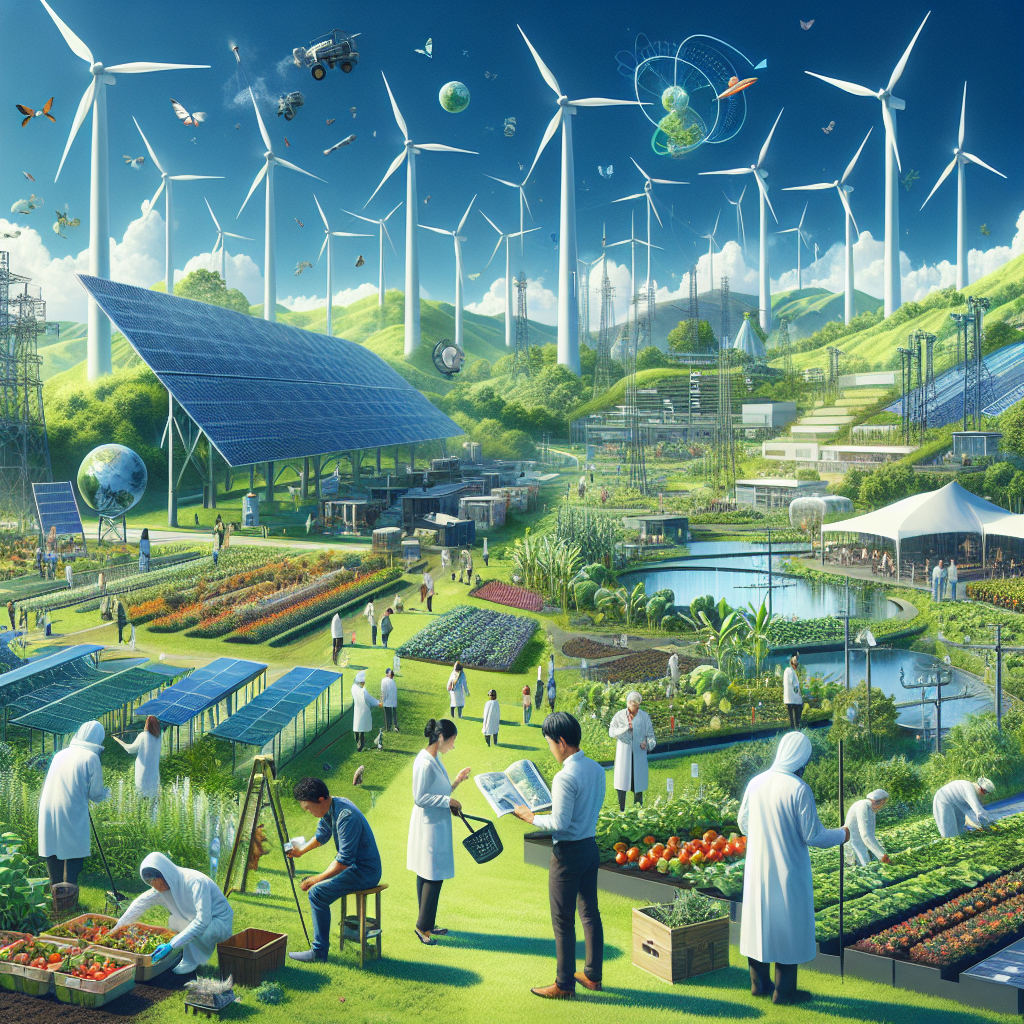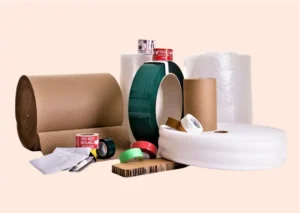Table of Contents

Key Takeaways
-
Decluttering before a move saves money and reduces waste.
-
Choosing recycled or biodegradable packing materials lowers your environmental impact.
-
Donating items to charity supports the community and sustainability.
-
Opting for a green moving company can significantly reduce your carbon footprint.
-
Unpacking with a plan ensures the eco-friendly process continues into your new home.
Maximizing Eco-Friendly Relocation Practices
Moving can be quite the adventure, but it’s also an opportunity to make a positive impact on the environment. It’s not just about getting from point A to point B; it’s about how we can do so thoughtfully, reducing waste and conserving resources along the way. So, let’s dive into the world of sustainable moving and explore how we can turn this typically resource-heavy process into an eco-friendly journey.
Why Sustainable Moving Matters
Most importantly, sustainable moving is about being kind to our planet. Each year, tons of cardboard and packing materials end up in landfills, and the carbon emissions from moving trucks contribute to air pollution. By adopting eco-friendly relocation techniques, we can make a significant dent in these environmental impacts. Besides that, it often leads to a more organized and efficient move, saving you time and stress.
Assessing Your Carbon Footprint
Before we jump into the specifics, let’s understand why your carbon footprint during a move matters. The total greenhouse gases produced—directly or indirectly—by your move, from the packing materials to the moving truck’s fuel, all add up. Therefore, by assessing and reducing this footprint, we’re not just moving to a new home; we’re helping ensure our planet remains a home for future generations.
Strategies for an Environmentally Conscious Move
Planning: The Foundation of Eco-Friendly Moving
Good planning is the cornerstone of an eco-friendly move. Start by creating a timeline for your move, allowing enough time to sort through your belongings, gather eco-friendly packing materials, and research green moving companies. This approach not only reduces the environmental impact but can also ease the moving stress.
Here are some steps to consider in your plan:
-
Measure the furniture and spaces in your new home to avoid moving items that won’t fit.
-
Schedule a home energy audit to ensure your new space is efficient from the start.
-
Research local recycling and donation centers to responsibly dispose of items you won’t be taking with you.
Packing: Choosing the Right Materials
When it comes to packing, the materials you choose can make a big difference. Instead of buying new boxes, source used ones from local stores or friends who’ve recently moved. If you must buy new, look for boxes made from recycled content. And remember, materials like biodegradable packing peanuts and recycled paper are much kinder to the environment than their plastic counterparts.
Consider these eco-friendly packing tips:
-
Use towels, sheets, and clothing to wrap and cushion fragile items.
-
Choose packing tape made from paper, not plastic.
-
Label boxes clearly to avoid confusion and the need for repacking.
Donating: Giving Items a Second Life
Donating items not only clears out unnecessary clutter but also benefits those in need. Take a thoughtful look through your belongings and set aside anything that hasn’t been used in the past year. Chances are, someone else can find a good use for it. Local charities, shelters, and schools often welcome donations, and some will even pick up items from your home.
Here’s how to make the most of your donations:
-
Check with organizations first to see what items they need and accept.
-
Make sure items are clean and in good condition before donating.
-
Keep a list of donated items for potential tax deductions.
Storage: Reducing Clutter Responsibly
As you sort through your belongings, you may find items that aren’t needed immediately but shouldn’t be thrown away. In such cases, consider eco-friendly storage solutions. Renting a storage unit can be a temporary option, but make sure to choose a facility that values sustainability, perhaps one that uses solar power or other green practices.
Because we’re aiming for the most eco-friendly move possible, here are some tips for responsible storage:
-
Choose a storage facility close to your new home to reduce transportation emissions.
-
Opt for a climate-controlled unit to prevent damage to your items and avoid waste.
-
Share a storage unit with a friend or neighbor to maximize space and resources.
Execution of a Sustainable Move

Now that we’ve planned and packed with eco-friendliness in mind, it’s time to put those plans into action. The execution of your move is just as crucial to maintaining sustainability as the preparation. It’s about making choices that align with our green principles, and there are several effective ways to do this.
Selecting Eco-Friendly Transportation Methods
One of the most significant environmental impacts of moving comes from the transportation of your belongings. Opting for a moving company that uses bio-diesel trucks or offers carbon offset programs can greatly reduce this impact. If you’re moving locally, consider renting a cargo bike or using a small, fuel-efficient vehicle for multiple trips instead of one large truck.

Minimizing Waste During the Move
During the move, focus on minimizing waste. Ensure that all recyclable materials are kept separate from trash, and if you’re using plastic containers, make sure they’re rented or borrowed and not purchased new. If you’re using cardboard boxes, plan to recycle them or pass them on to someone else who can use them after the move.
Energy Saving Tips for Moving Day
Moving day can be hectic, but don’t forget to conserve energy. Keep the doors closed as much as possible to prevent heat or air conditioning from escaping. If you’re moving appliances, make sure they’re properly disconnected to avoid energy leaks. And, if you’re moving in or out of a multi-story building, use the stairs instead of the elevator when possible to save on electricity.
Setting Up Your Green Home
Imagine stepping into your new home, knowing that every step you took during your move was with the earth in mind. That sense of responsibility doesn’t have to end once the moving truck pulls away. Setting up your green home starts with how you unpack and arrange your new space.
When you arrive at your new home, strategize your unpacking process to continue your eco-friendly efforts. Unpack items you’ll need first and plan to recycle or reuse the packing materials.
As you set up, consider the layout of your home. Place furniture in a way that maximizes natural light and minimizes the need for artificial lighting. Use LED bulbs in your fixtures to conserve energy.
Finally, as you settle in, start thinking about how you’ll manage waste in your new home. Set up a recycling station right away to maintain good habits from day one.
Eco-Friendly Unpacking Techniques
Unpacking can generate a lot of waste, but with the right techniques, you can keep it to a minimum. Use boxes multiple times and flatten them for recycling afterward. If you’ve used plastic bins, clean them and store them for future use or return them if they were rented.
Responsible Disposal of Packing Materials
After the move, you’ll likely have a pile of packing materials to deal with. Cardboard can be recycled, but what about bubble wrap or foam peanuts? Many shipping stores will accept these materials for reuse. Otherwise, look for a recycling center that takes plastic film or foam. Never just throw them in the trash.
Implementing Sustainable Systems at Home
Once you’re settled in, keep the momentum going by implementing sustainable systems at home. Start composting, set up a rainwater collection system, or plant a garden. These actions not only reduce your environmental impact but also save money and create a healthier home environment.
-
Set up a compost bin for kitchen scraps.
-
Install a programmable thermostat to save energy.
-
Use drought-resistant plants in your garden to conserve water.
Remember, sustainability is a lifestyle, not just a one-time event. By continuing these practices, you’re contributing to a healthier planet and a more sustainable future.
Take the Next Step: Get Expert Help
If you’re feeling overwhelmed with the idea of planning and executing an eco-friendly move, don’t worry. There are experts out there who specialize in sustainable moving practices. They can provide advice, resources, and even hands-on help to ensure your move is as green as possible.
For those who are ready to make their move as eco-friendly as possible, don’t hesitate to Contact Us. We’re here to help you every step of the way, from planning to unpacking, making sure your move not only goes smoothly but also supports the well-being of our planet.

Learning More About Green Moving Services
As you embrace sustainable moving, you might wonder about the availability of green moving services. The good news is that many moving companies are now offering eco-friendly options. These services range from providing reusable packing crates to operating energy-efficient vehicles. They often also support carbon offset programs, which contribute to environmental projects to balance out the emissions from your move. Researching and selecting a green moving service is a fantastic way to reduce your move’s environmental impact even further.
Contact Us
Embarking on an eco-friendly move is a commendable decision, but it doesn’t have to be a solo journey. If you’re ready to take the next step towards a sustainable relocation, we’re here to assist. Our team is dedicated to providing you with the tools, resources, and support you need to make your move as green as possible. So why wait? Contact us today and let’s get started on planning your eco-conscious move!
FAQ
What are the main benefits of sustainable moving?
The benefits of sustainable moving are vast, including reducing environmental impact, saving money, and creating a healthier living space. By using less and repurposing more, you’re not only helping the planet but also potentially reducing the cost of your move. An eco-friendly move can also mean a more organized and less stressful relocation process.
How can I ensure my moving process is eco-friendly?
To ensure an eco-friendly moving process, start by decluttering your home and donating items you no longer need. Use sustainable packing materials like recycled boxes and biodegradable packing peanuts. Choose a green moving company that uses fuel-efficient vehicles and practices carbon offsetting. Lastly, be mindful of waste throughout the process, recycling and reusing materials whenever possible.
Are there any cost benefits to eco-friendly moving?
Absolutely! Eco-friendly moving can be cost-effective in several ways. By decluttering, you reduce the volume of items to move, potentially lowering moving costs. Reusing packing materials and opting for recycled or borrowed supplies can also cut expenses. Moreover, tax deductions for donated goods can provide financial benefits post-move.
What should I do with non-recyclable moving materials?
For non-recyclable moving materials, consider creative ways to repurpose them. For example, bubble wrap can be used for insulating windows during the winter, or foam peanuts can be reused for future shipping needs. If you can’t find a use for them, check with local waste management services to see if they offer any special disposal options for these materials.



